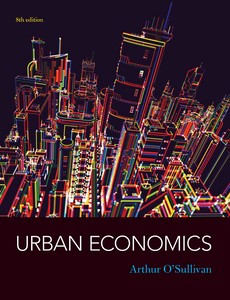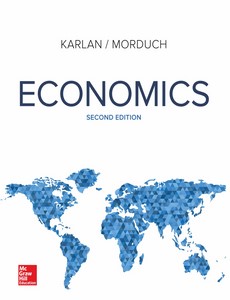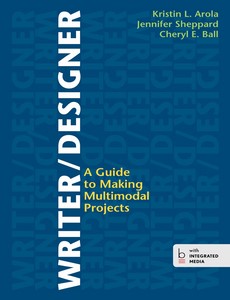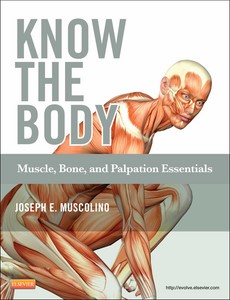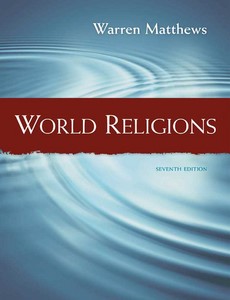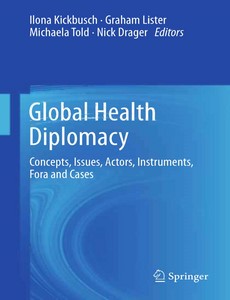Urban Economics 8th by Arthur O’Sullivan【ebook】
$11.99 Original price was: $11.99.$9.59Current price is: $9.59.
Urban Economics 8th by Arthur O’Sullivan
ISBN-13: 9780073511474
The eighth edition improves on the previous edition in two ways. First, I’ve
rewritten Chapter 11 (Urban Transit) to incorporate the most recent developments
in economic theory, empirical results, and practical experience with transit systems.
Included in the revised chapter is a thorough analysis of the rationale for transit
subsidies and a discussion of the size of the socially effi cient subsidy. In addition,
the chapter has a full accounting of the relative costs of light rail versus buses.
The second improvement is a new chapter on education (Chapter 12). This
chapter uses the education production function as a framework to explore the economics
of K–12 education. The chapter identifi es the key inputs to the production
process—teachers, the home environment, and classroom peers. One of the
insights from the production function is that teacher productivity varies signifi cantly
across teachers. For example, if we replace an average teacher with an aboveaverage
teacher for one year, the benefi t is roughly $210,000. At the other end of
the productivity scale, if we were to replace the bottom 8 percent of teachers with
average teachers, aggregate earnings in the national economy would increase by
roughly $112 trillion. The education chapter also looks at spending inequalities
across schools and evaluates the effects of intergovernmental grants on spending
and achievement inequalities.

